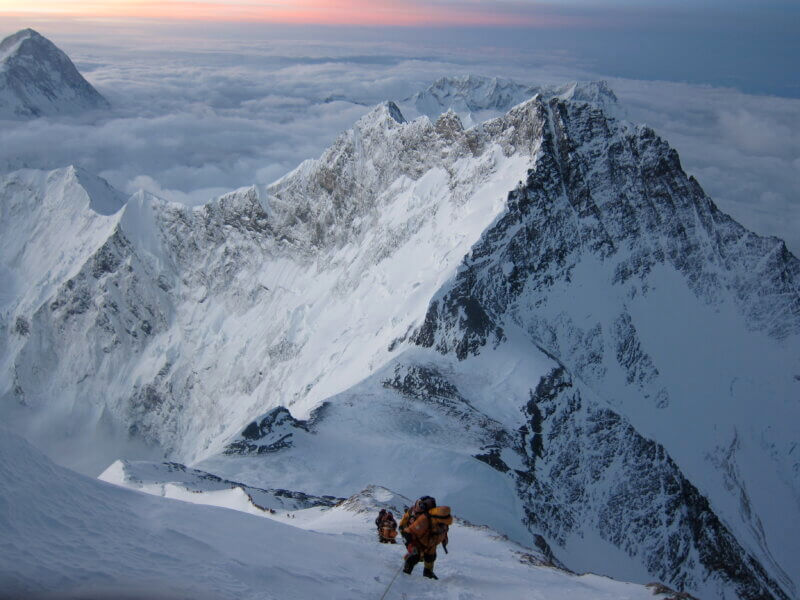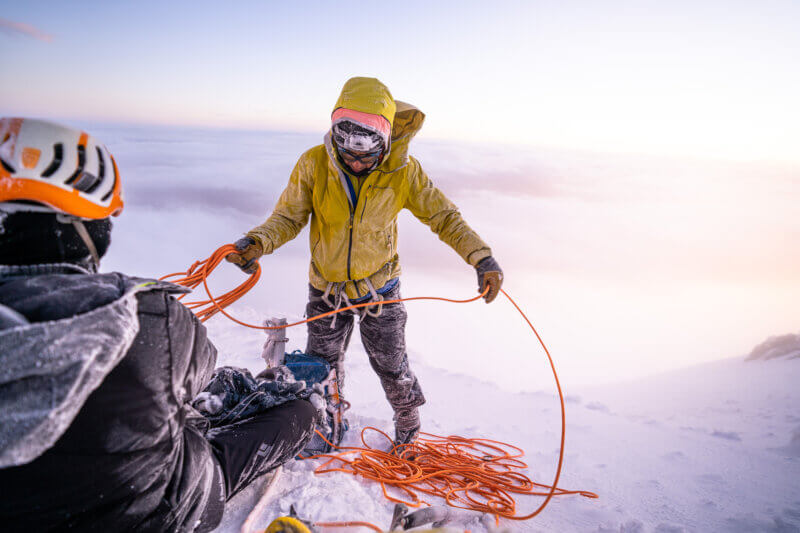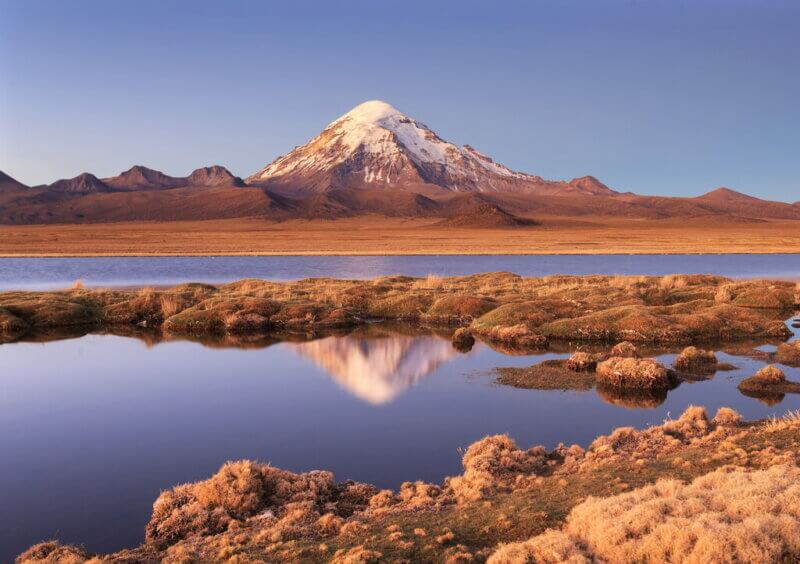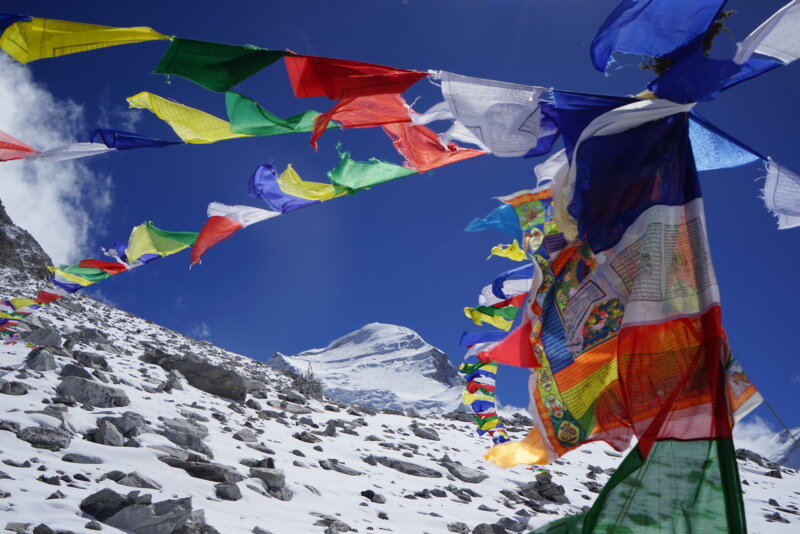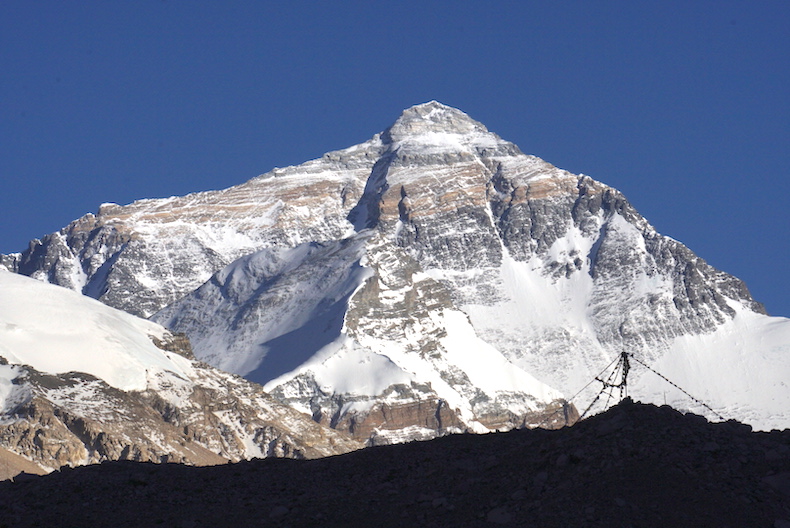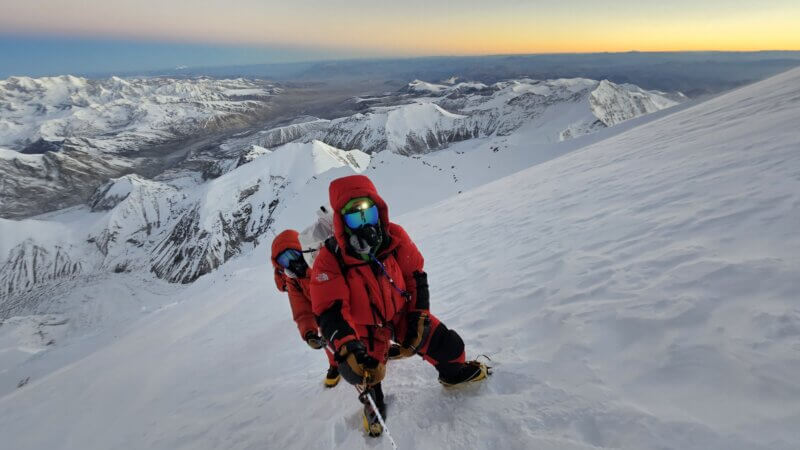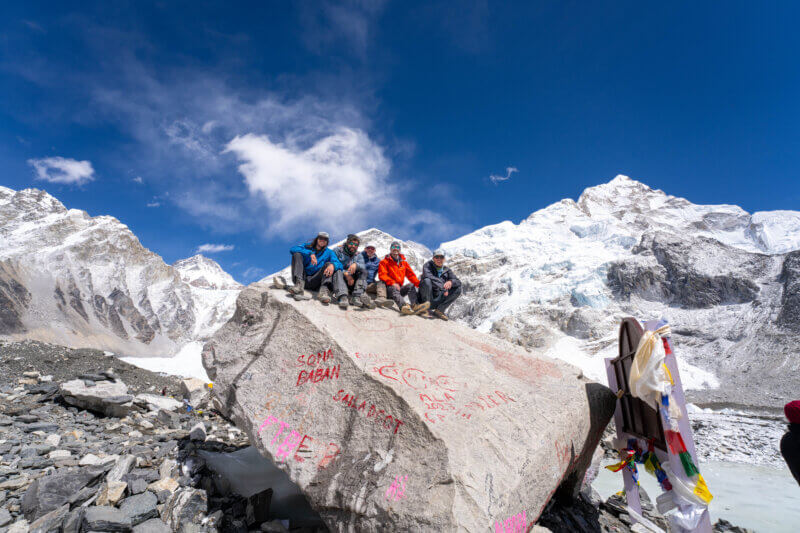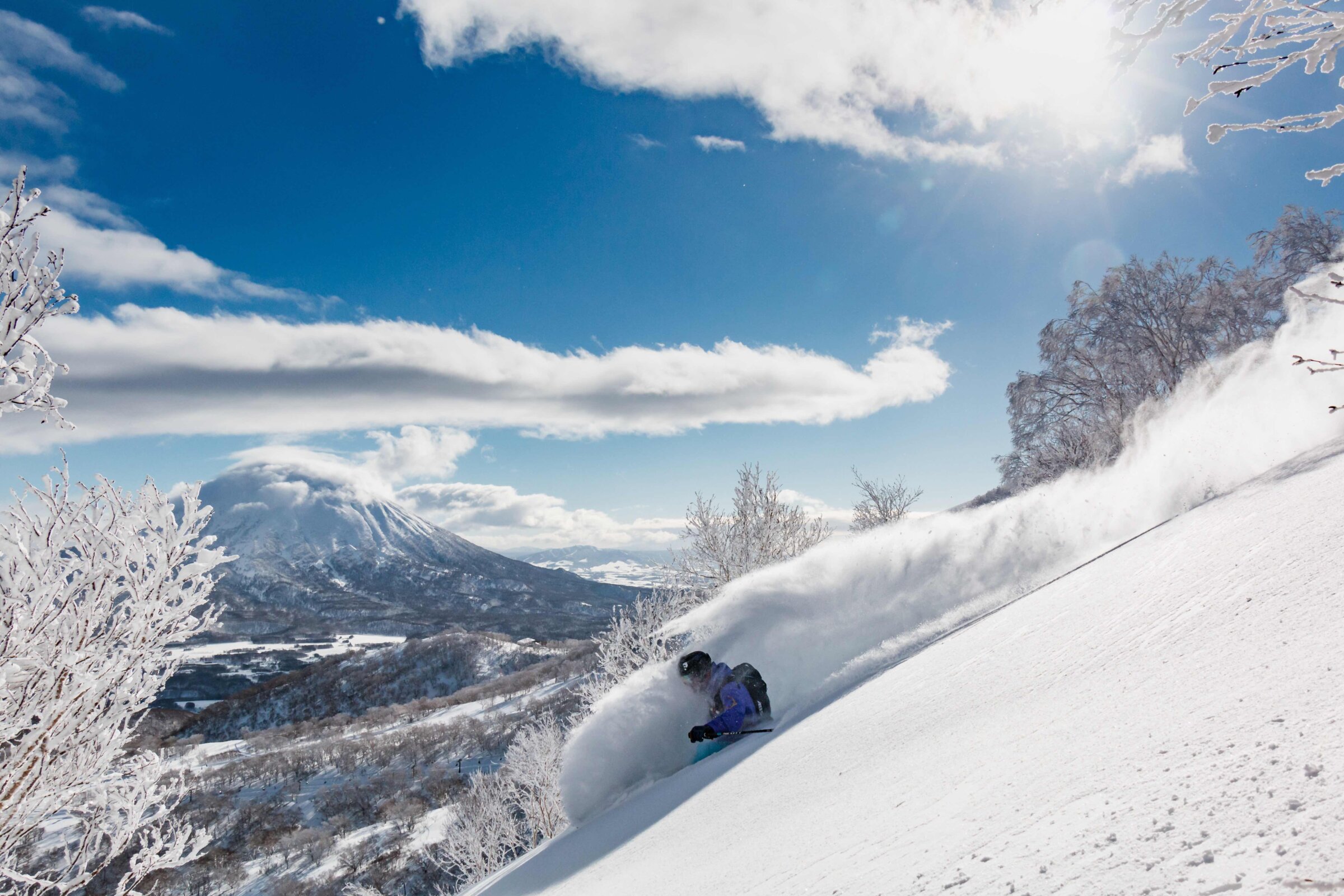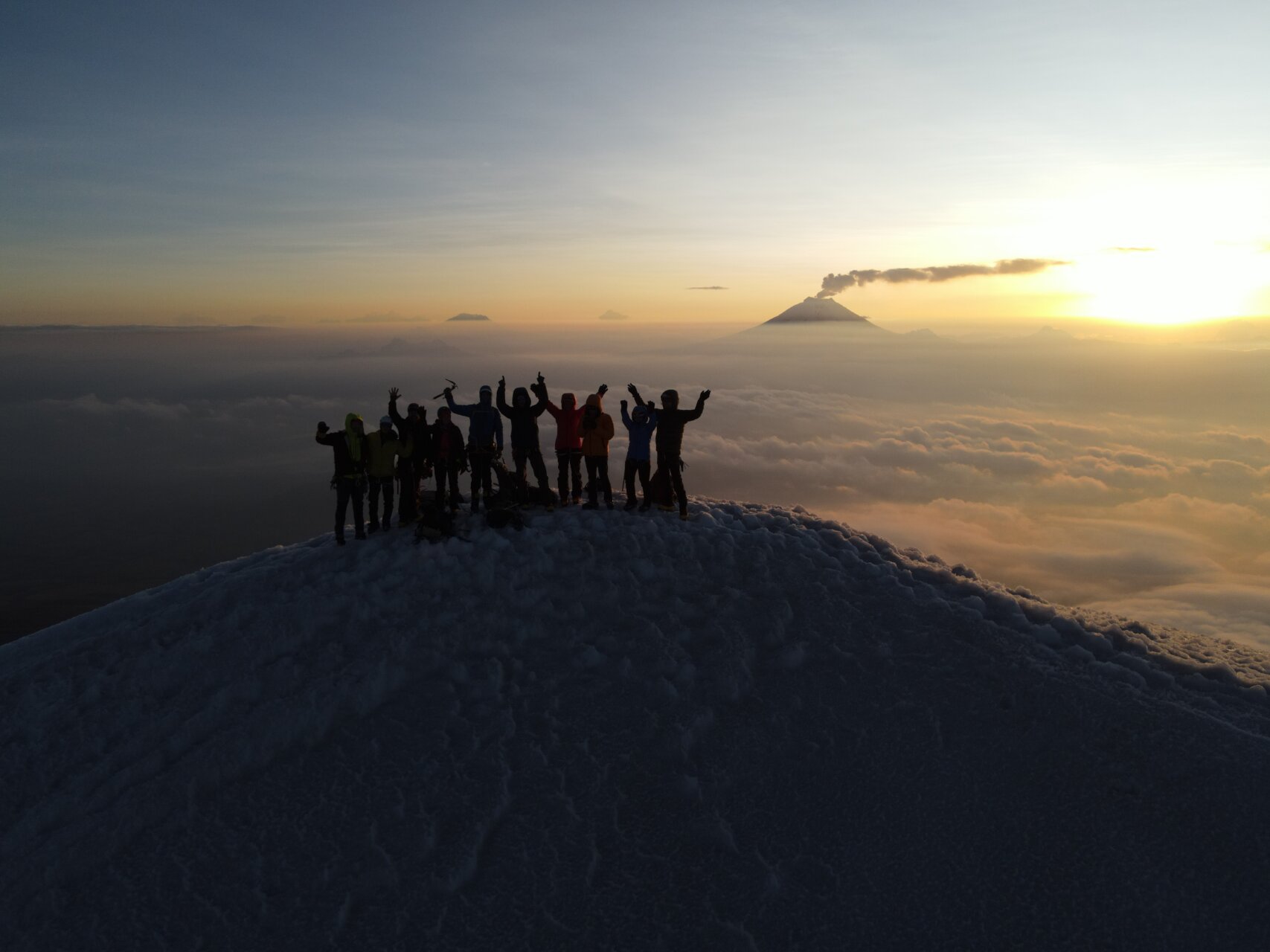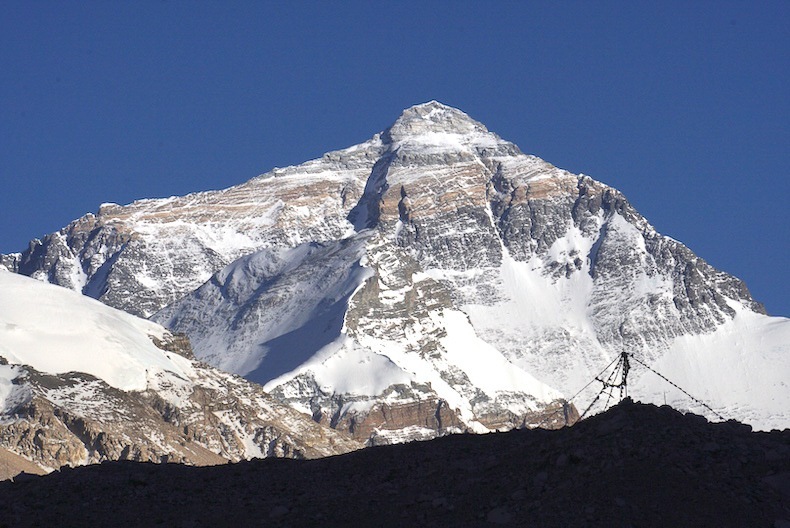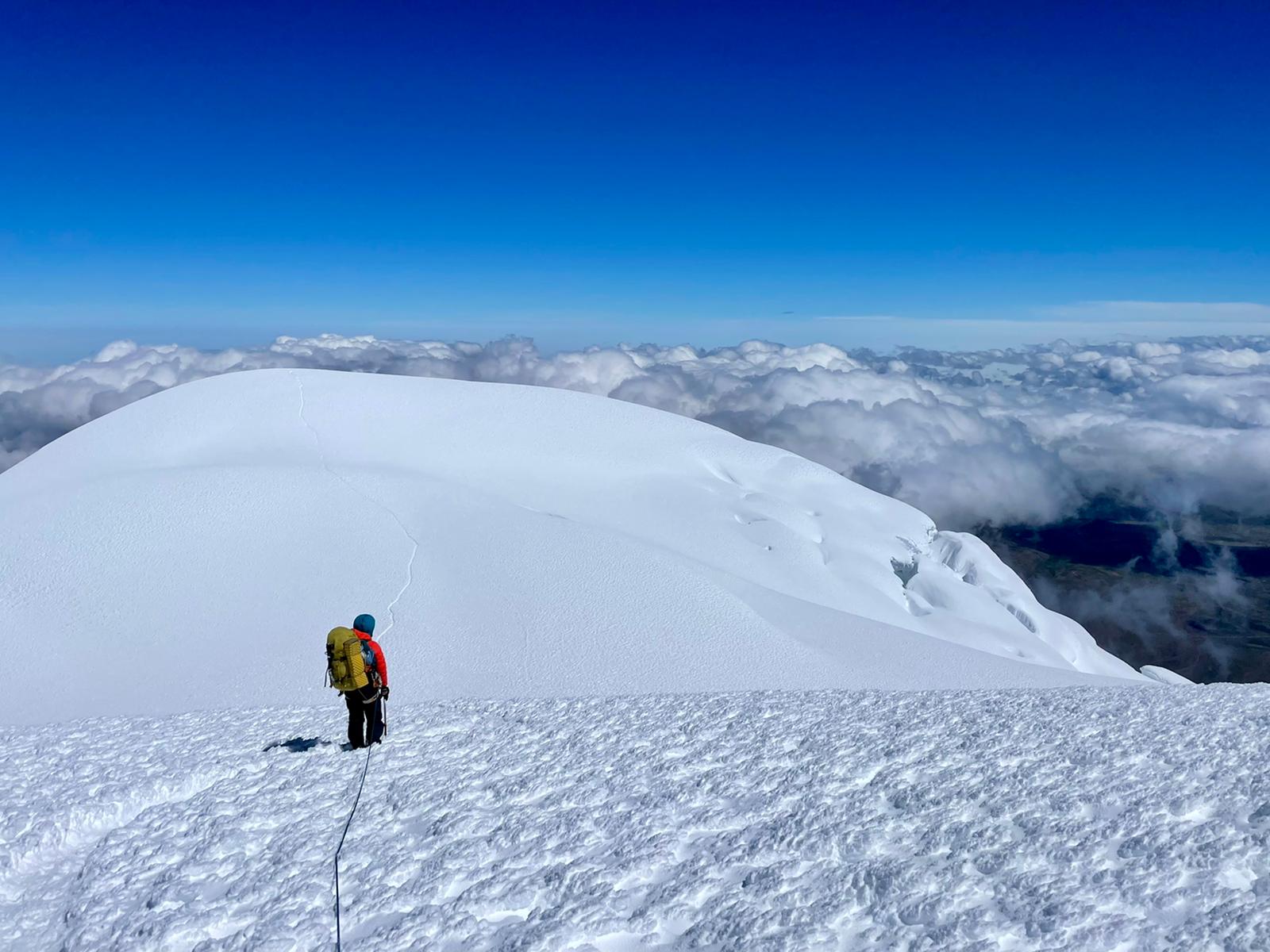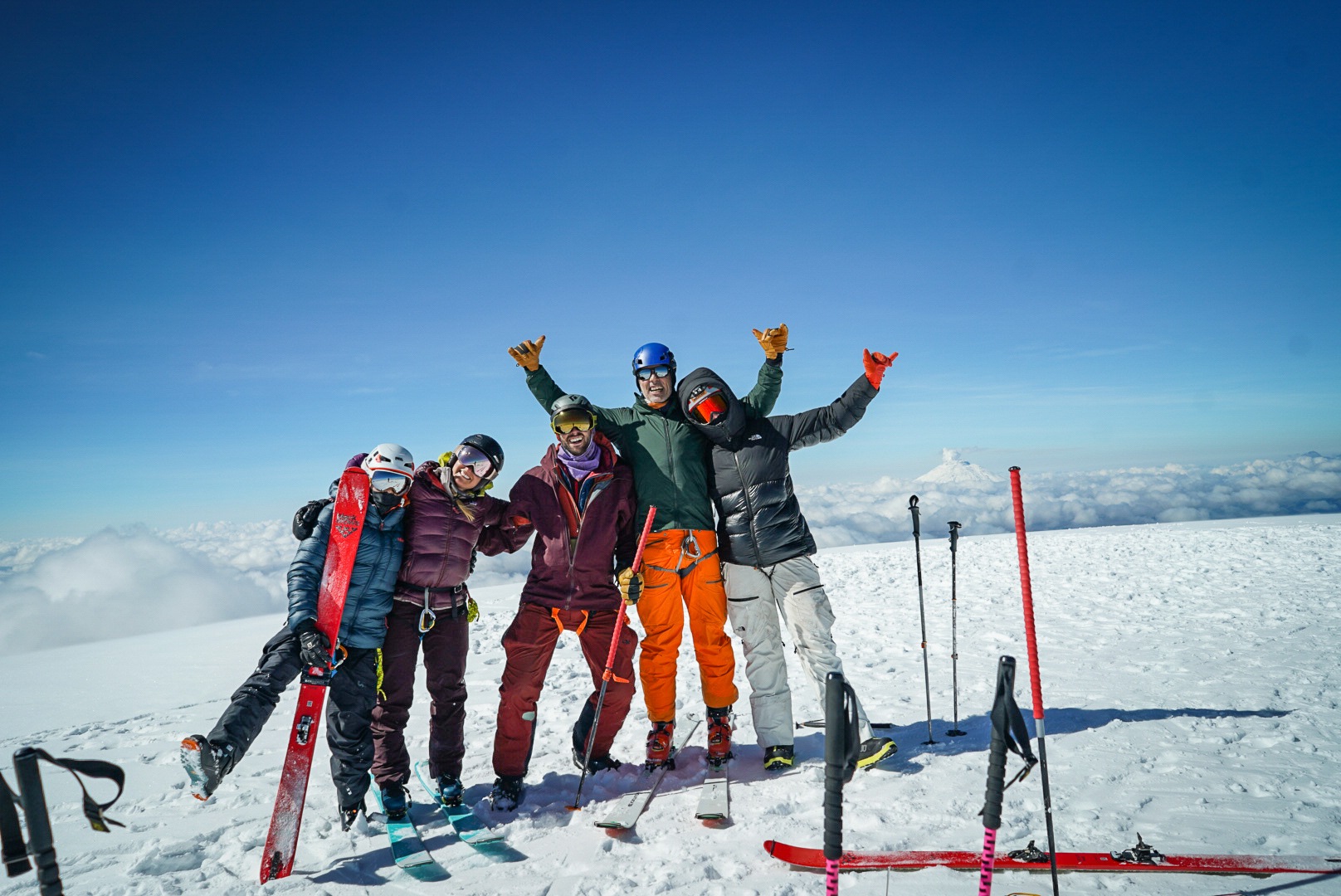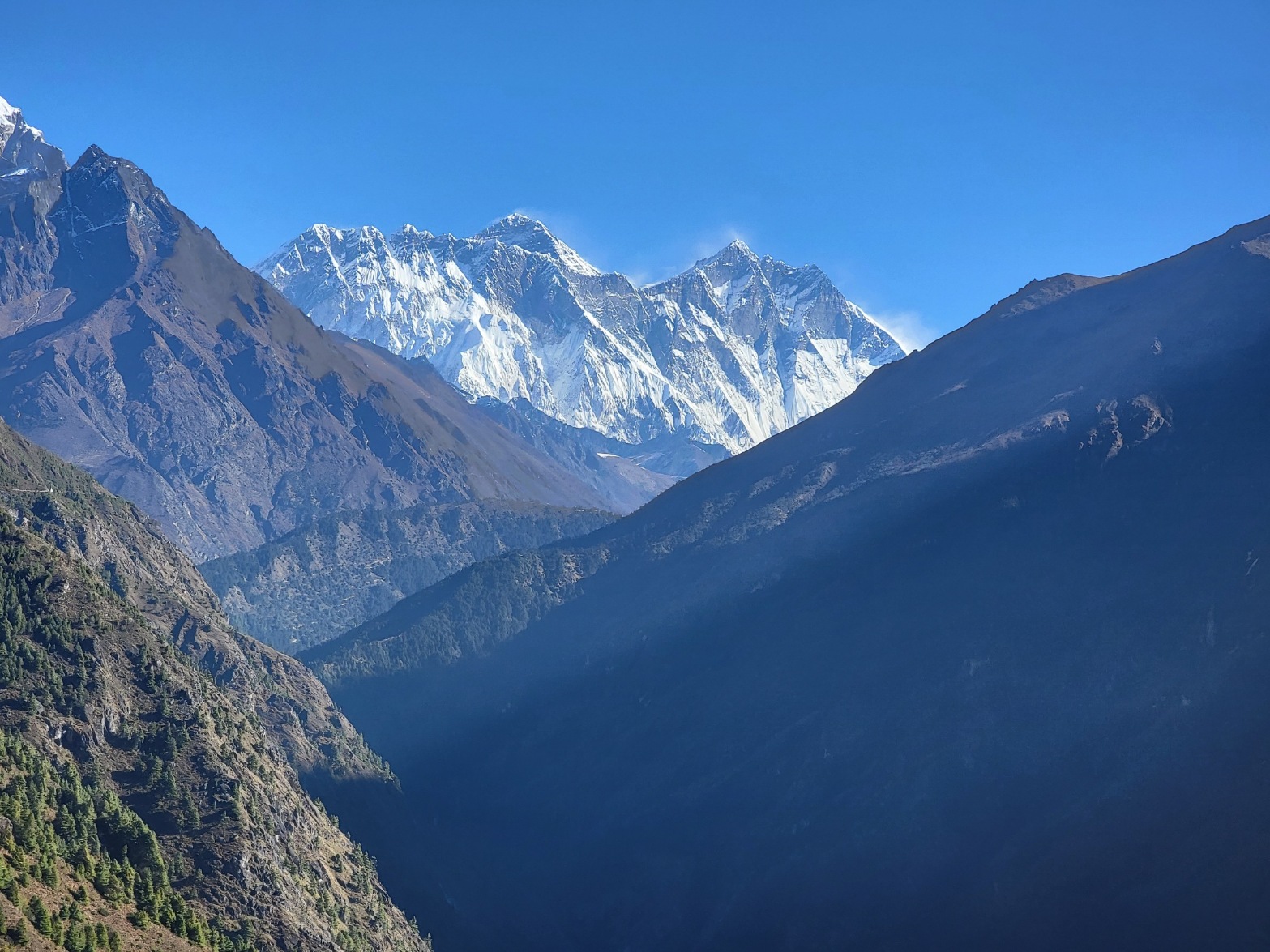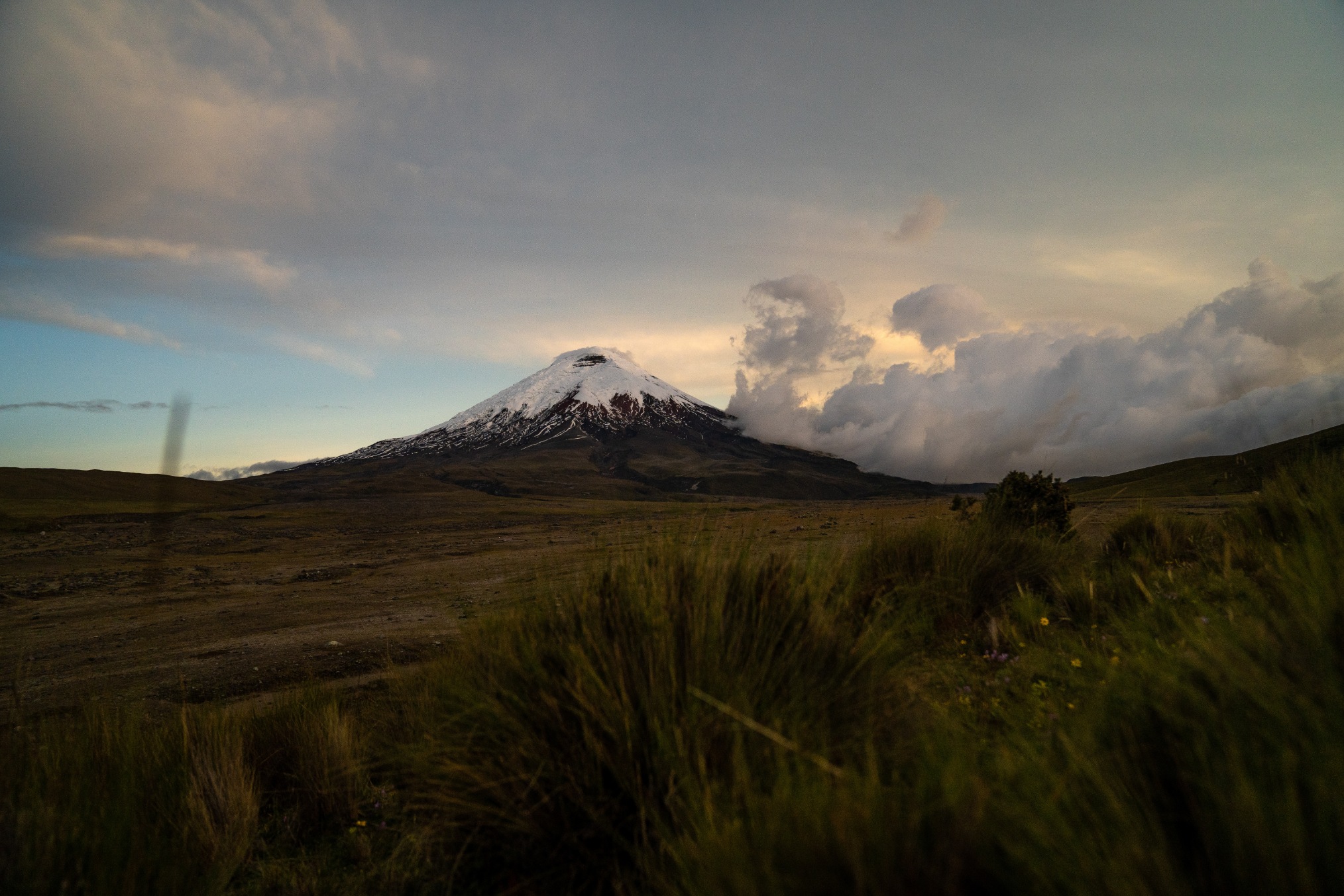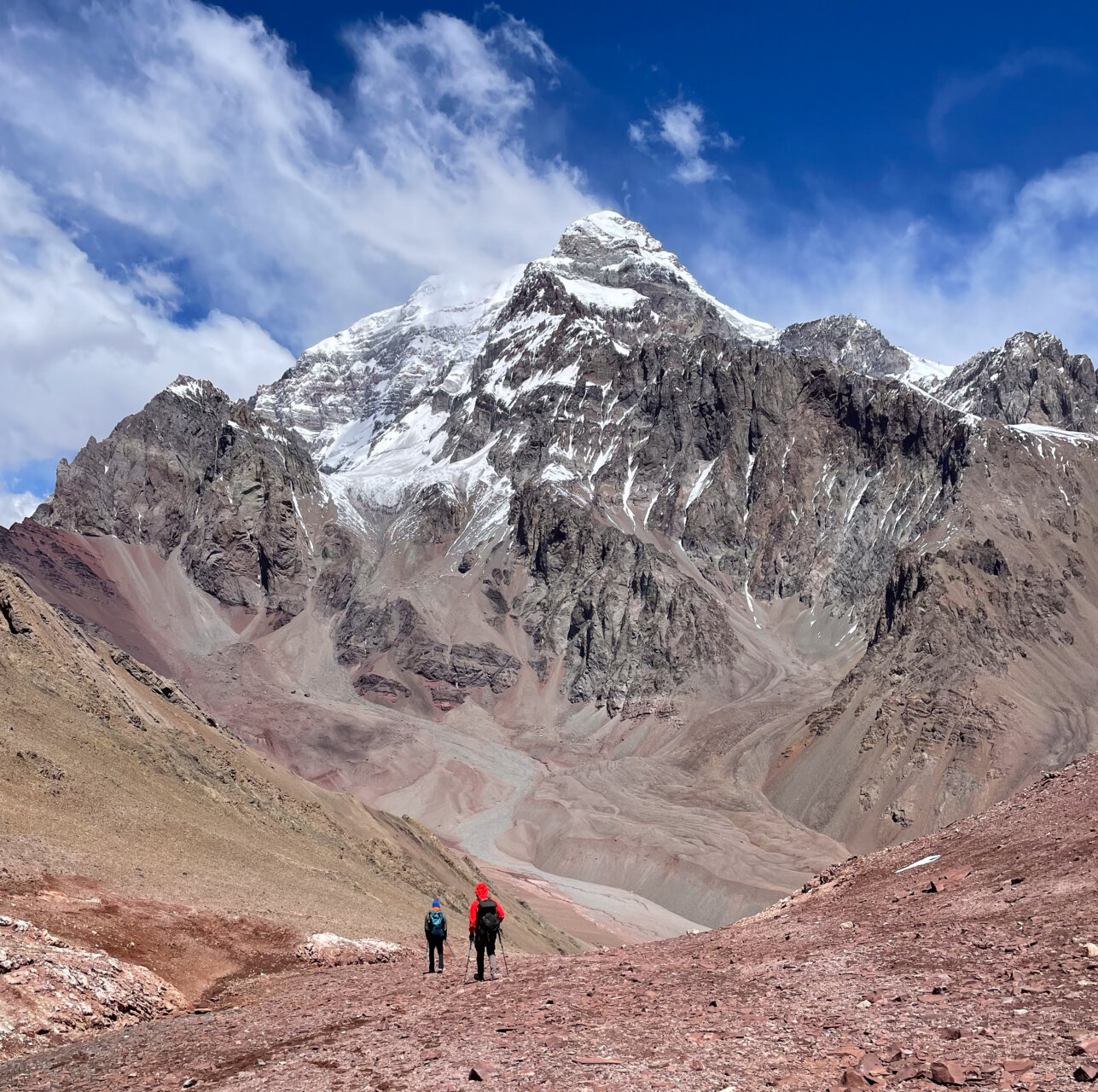Peak Lenin vs. Aconcagua

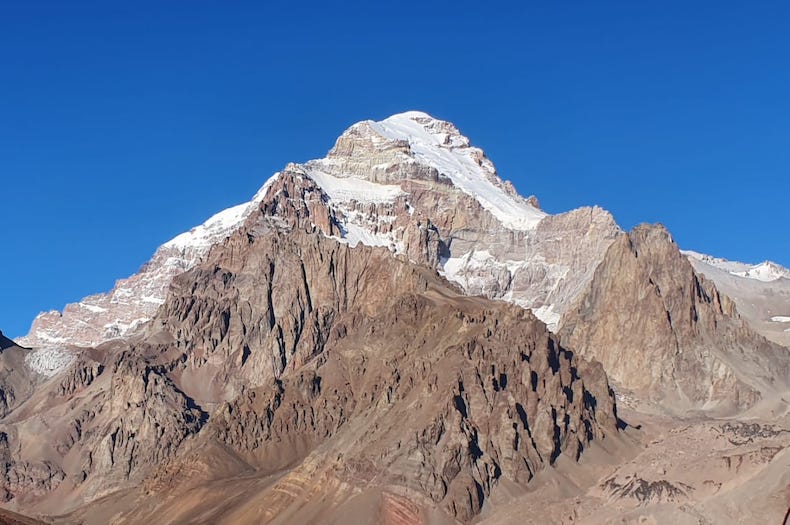
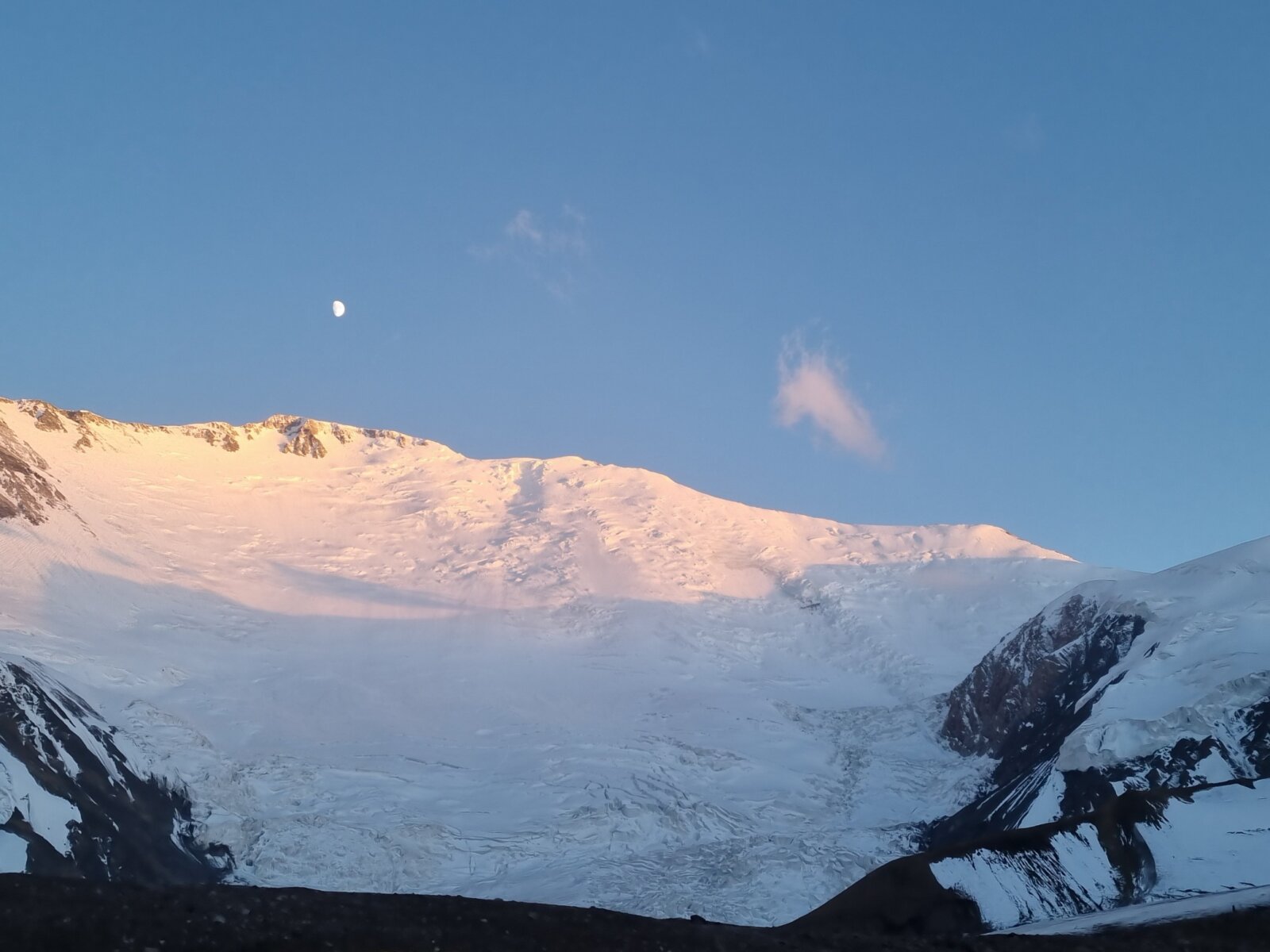
We guide both Aconcagua and Peak Lenin, and while they’re similar in height—Aconcagua at 6,962m (22,841’) and Lenin at 7,134m (23,406’)—the experience on each mountain couldn’t be more different.
Both trips use our Rapid Ascent approach, which means you show up pre-acclimatized and we move efficiently through the mountain. But what those days look like, how technical the terrain is, and what you’re training for down the line—all of that changes depending on where you go.
Here’s how we see the differences.
Access & Infrastructure
Aconcagua is one of the most accessible big mountains on Earth. We fly into Mendoza, spend a night prepping gear and eating steak, and then take a short drive to Penitentes. From there, we jump in a heli and fly straight to base camp at Plaza de Mulas—no need to trek in on dusty trails with heavy loads. The logistics are smooth, and the systems are dialed.
Peak Lenin, by contrast, takes more effort to reach. We fly into Osh, Kyrgyzstan, and travel overland through broad valleys to a remote base camp in the Pamirs. It’s less polished, more raw. There’s a sense of true expedition from day one. Fewer climbers, fewer frills, and a bigger feeling of being out there.
Climbing Style & Terrain
On Aconcagua, we climb the 360 Route. It’s non-technical—no crevasses, no ropes, no ice. The challenge is in the altitude and weather. The upper mountain can be brutally windy and bone-dry, and summit day is a long, cold push. But the path is straightforward, and the mountain itself is often called the highest trekking peak in the world. That’s not to say it’s easy—but it’s more about endurance than technical skill.
Peak Lenin is a different story. After base camp, we move to advanced base camp on a glaciated plateau, rope up for glacier crossings, and ascend fixed lines to high camps. There’s real climbing here—steep snow slopes, objective hazard, and the need to move efficiently as a team in a remote alpine environment. It feels more like a scaled-down 8,000-meter peak, both in terrain and style.
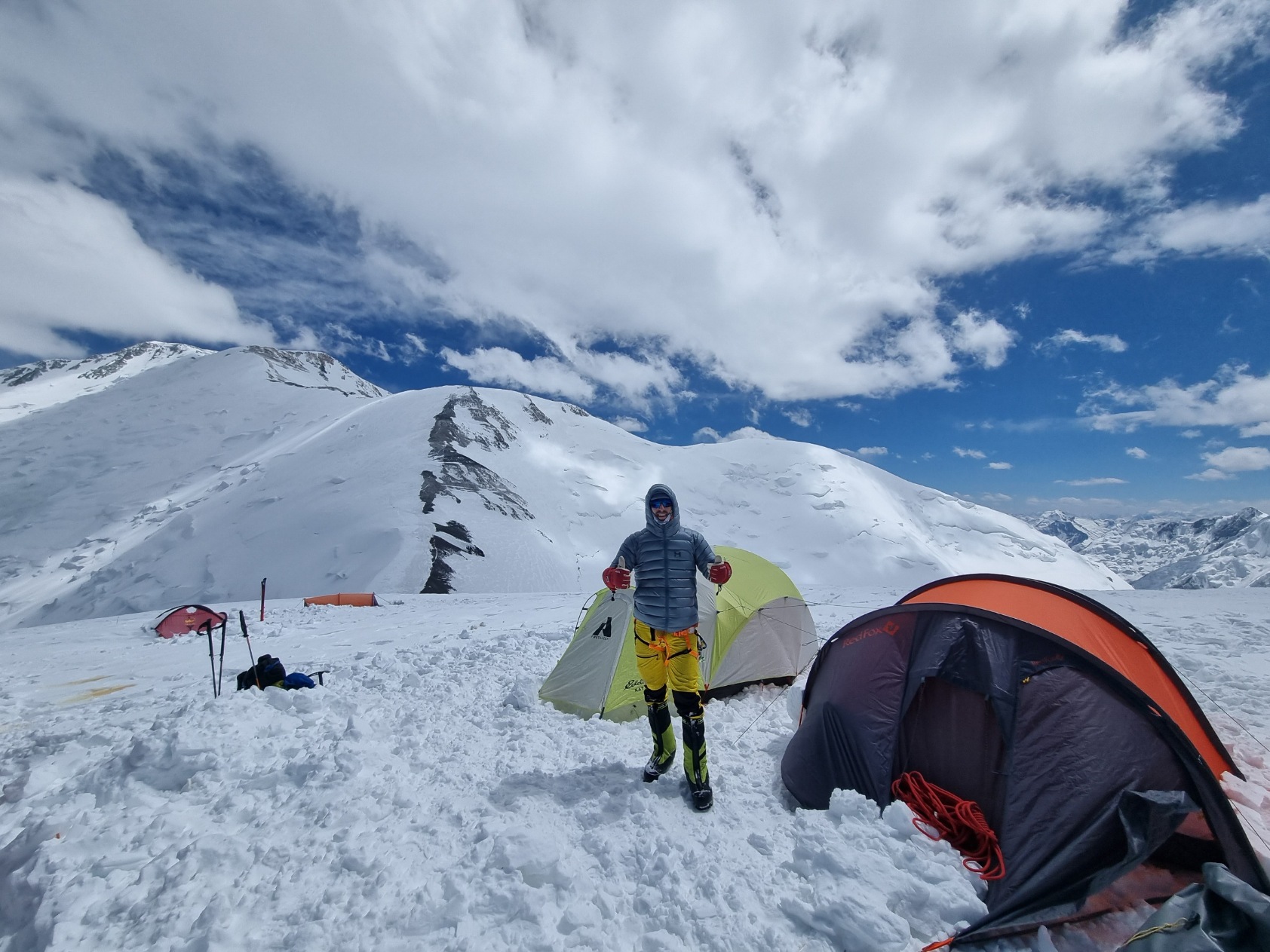
The Flow of the Expedition
Thanks to Rapid Ascent, Aconcagua runs on a tight 14-day schedule. We fly into base camp, spend a few days adjusting and carrying loads, and then push through three progressively higher camps to the summit. The terrain is dry and exposed—lots of scree, wind, and big views.
Peak Lenin runs a bit longer. We don’t rush it because the mountain demands more caution. We build in weather buffers, training days on the glacier, and time to move smartly through crevassed terrain. It’s still Rapid Ascent, but the climb itself moves more like a traditional expedition.
What You’re Training For
Peak Lenin is the logical step if your sights are set on the Himalaya. It gives you real time on a glacier, teaches fixed-line systems, and helps you build confidence moving through technical terrain at altitude. If you’re thinking about Cho Oyu, Ama Dablam, or Everest in the future, Lenin prepares you for what’s next.
Aconcagua is perfect if you’re looking to validate your performance at altitude, especially under our Rapid Ascent model. It’s high, fast, and non-technical—great for athletes coming out of our Ecuador or Mexico climbing schools who want a big summit with less logistical complexity.
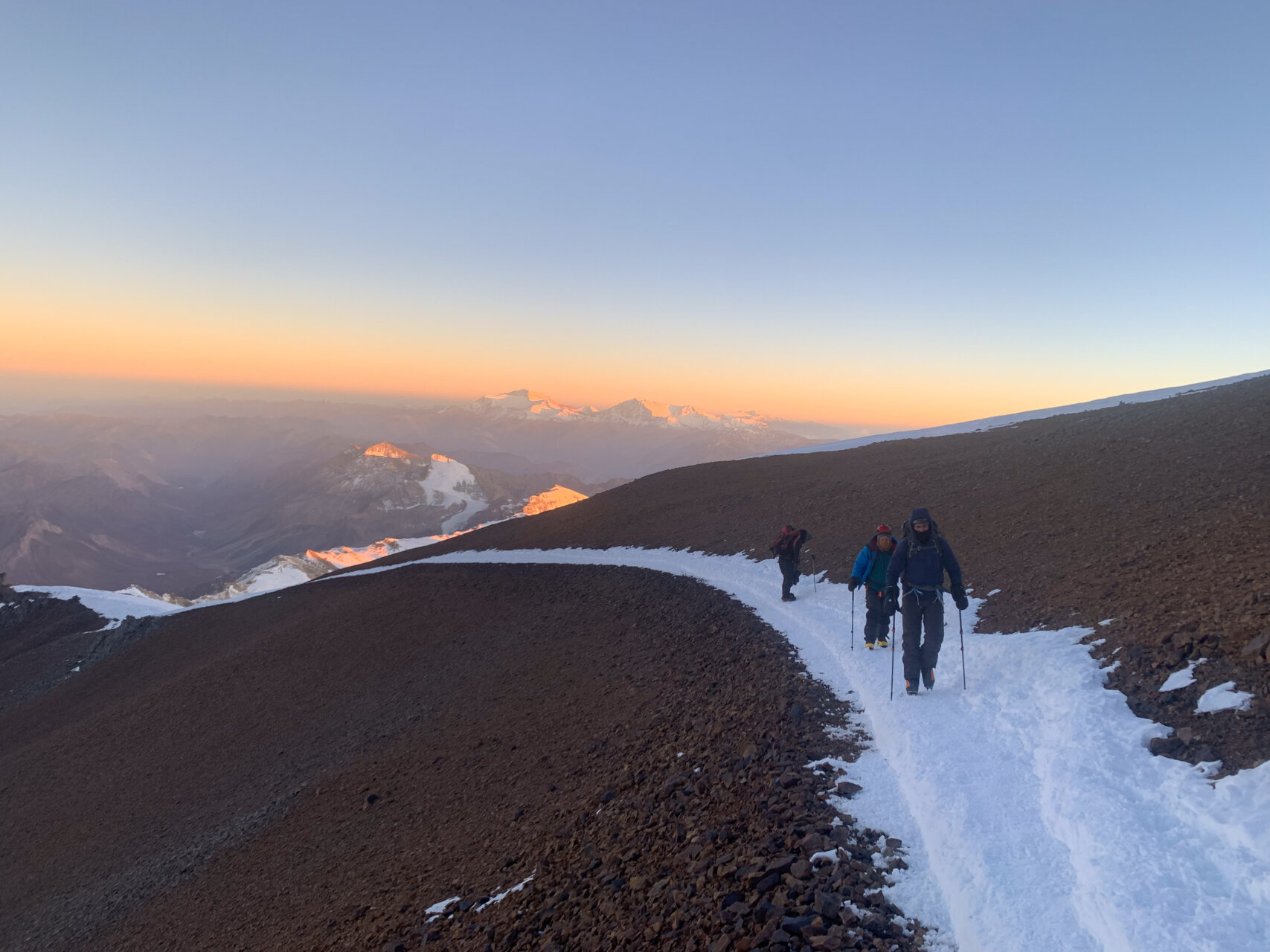
Bottom Line
We climb both of these mountains because they serve different purposes.
- Aconcagua is a fast, high-altitude trekking peak—ideal for dialing in performance, refining systems, and knocking out a big summit.
- Peak Lenin is a remote, technical expedition that feels more like the mountains of the Himalaya—perfect for developing big mountain skills and preparing for what’s next.
Either way, we’ll guide you every step of the way.
Learn More:
- Aconcagua Rapid Ascent
- Peak Lenin Expedition
- Questions? Email Griffin (griffin@alpenglowexpeditions.com) or schedule a call on his Calendly
